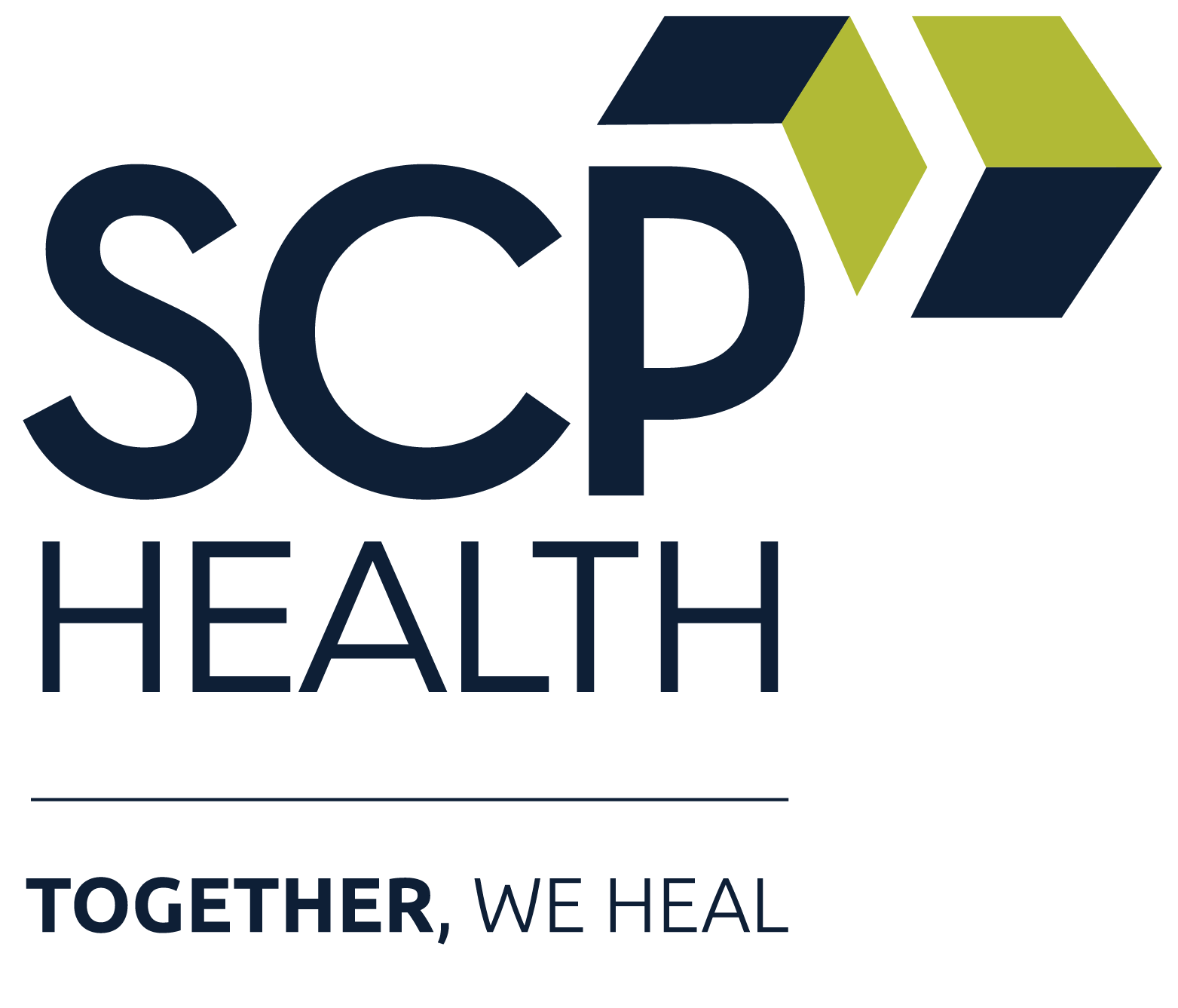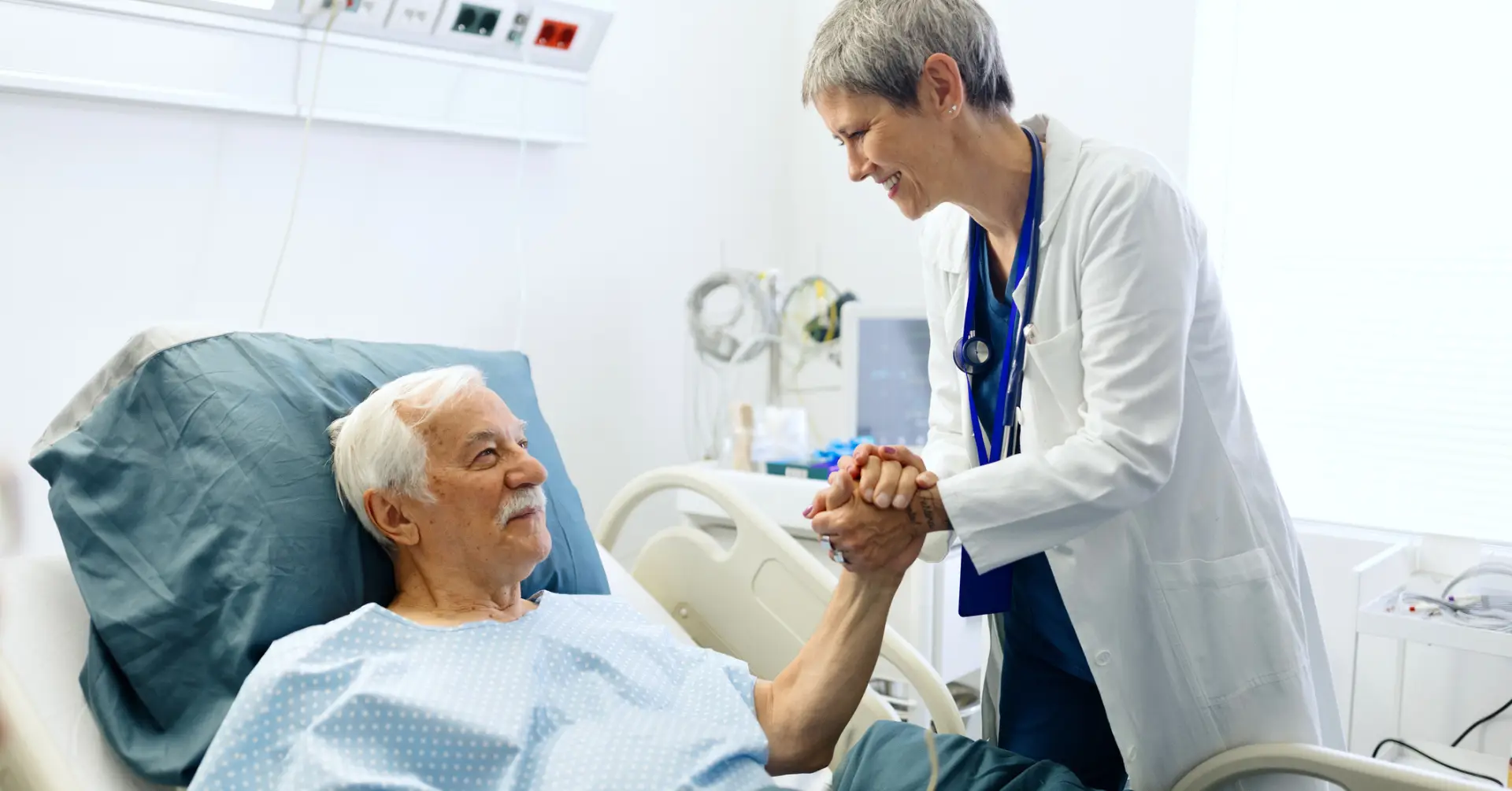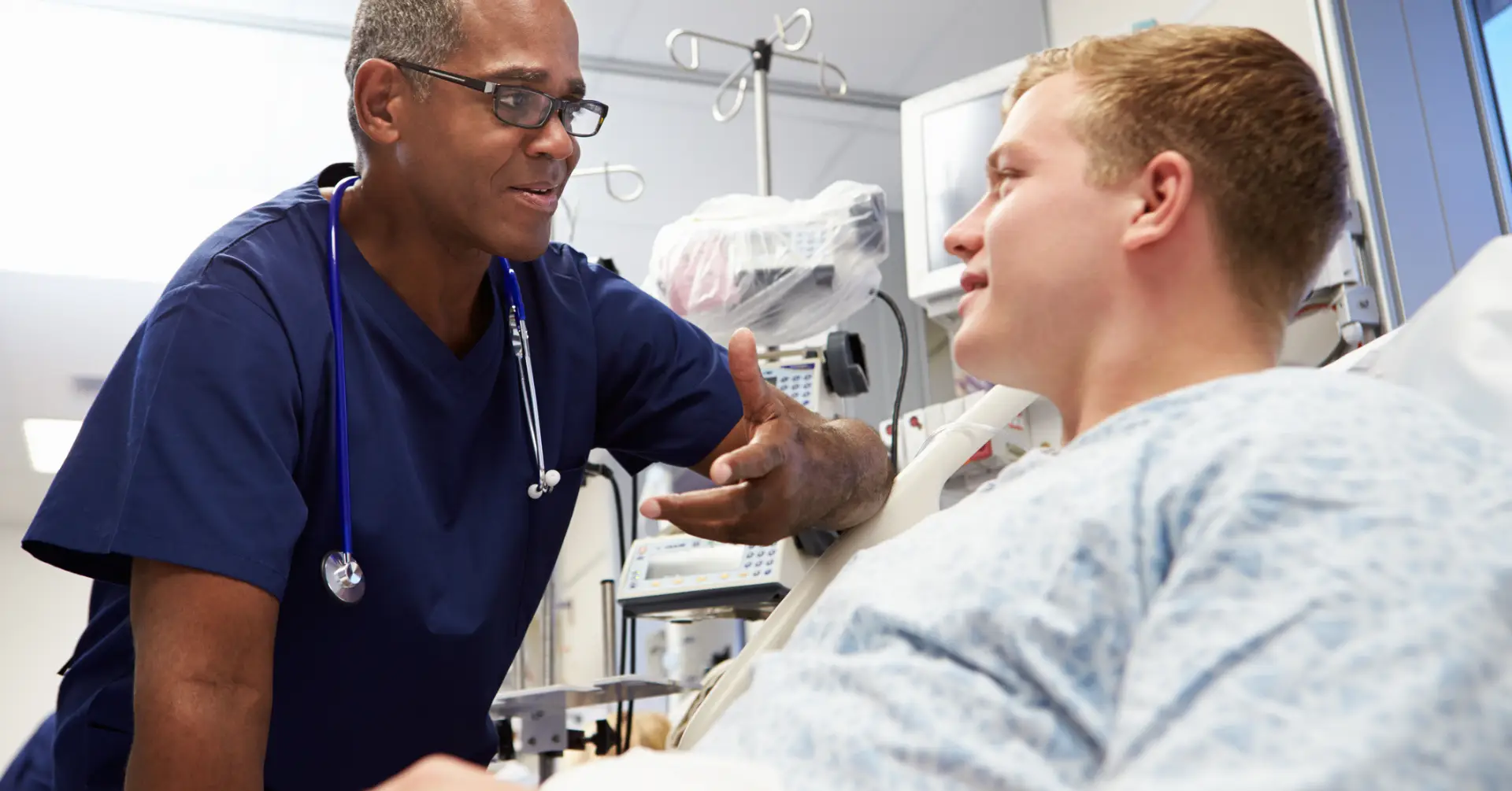With increasing rates of clinician burnout and increased demand at hospitals across the country, hospitals and health systems have had to get creative to provide quality care without taking their resources to a breaking point.
New technology combined with a bit of imagination has opened up avenues to help support hospitals in need.
Hospitalist Struggles
A community hospital in a small-ish town had a routine that almost worked. They partnered with a staffing company, but with only two hospitalists on staff, the job became a 24/7 – 12-hour shift at the hospital, followed by 12-hours on-call overnight, for seven days in a row.
In situations where it’s a small town, with only a couple of clinicians doing all the work, it can be too much.
It isn’t just the hospitalists that may struggle. The overnight nurses can have difficulties getting timely responses from the fatigued doctors, and the paperwork never seems to catch up.
This situation is playing out at increasing rates in hospitals around the country. Physicians are overwhelmed by the stress and fatigue of practicing without adequate staffing support, particularly when it comes to overnight calls. Something has to give.
Enter a new approach – telemedicine capabilities. To help ease the strain, hospitalists practicing via telemedicine can make a world of difference.
A Night in the Life
Telehospitalists operate very similarly to in-person nocturnists.
At 7:00 pm, the daytime physicians do their usual sign-out to their nocturnists – but it’s all virtual. They give their report on overnight labs, patients that need to be seen, ones to keep an eye on, etc., and the telehospitalists go to work.
Given the slower nature of nighttime care, telehospitalists may provide nocturnist coverage for two to three sites at once. They are busy but still manage to provide quality care to each patient they encounter during their shift.
To round on patients, a nurse wheels the cart that houses a laptop, camera, and a stethoscope. Working with the nurse in the room, the doctor examines the patient by asking questions and evaluating symptoms, just like they would in person. The telehospitalist can manipulate the cameras on the cart to get a closer look at monitors, zoom in on problem spots, and even adjust to see family members in the room.
Just like their in-person counterparts, the nocturnists admit new and examine current patients, order labs, do paperwork, and make notes for the hand-off to the daytime attending that comes at 7:00 am the next morning.
A little unorthodox? Perhaps, but it’s a solution with tangible benefits.
The Pros
Using telemedicine to provide hospitalist coverage can be a game-changer.
Alleviates Physician Burden
In addition to more sleep, the daytime doctors walk into fewer admissions paperwork each morning, thanks to the nocturnists taking care of overnight admissions and other nighttime incidents. From a pure workload point of view, having someone there to guarantee 12 hours off a day, can be life-changing.
Hospitals with telehospitalist programs often enjoy reduced rates of physician burnout and overall increases in physician satisfaction. The extra support improves the mental health and work-life balance of the entire hospitalist team.
Team Atmosphere
The telehospitalist groups are small and focused, so the clinicians get to know one another. They build a rapport over time and learn more about one another, making it easier for the daytime docs to trust their patients will be cared for through the night.
Reliability
Hospitals never really sleep, so it’s normal to need physician input overnight. With telehospitalists, nurses can always call the same number and reach a doctor every time. There’s no more figuring out who to call and hoping they wake up when the phone rings. Emergent situations can be dealt with quickly and efficiently, providing quality care no matter what time of day.
Flexing Opportunities
Surge situations happen, and hospitals need to be prepared. Some smaller hospitals with an average census of 17-20 have seen dramatic increases, with their census spiking to 50-60 patients. Having telehospitalists on the team already allows for a quick staffing increase by adding a daytime shift.
Technology Perks
The telehospitalists can discuss care plans with patients and their family members, regardless of location. The telehospitalists’ carts have the option to invite family members to the visit, allowing for discussions in real-time regarding care.
Bottom Line
Overnight hospitalist care is necessary to providing quality patient care around the clock, but it’s expensive and exhausting, particularly for smaller hospitals.
With a telemedicine program, facilities can care for patients’ needs at all hours of the day without exhausting their physician and financial resources.






